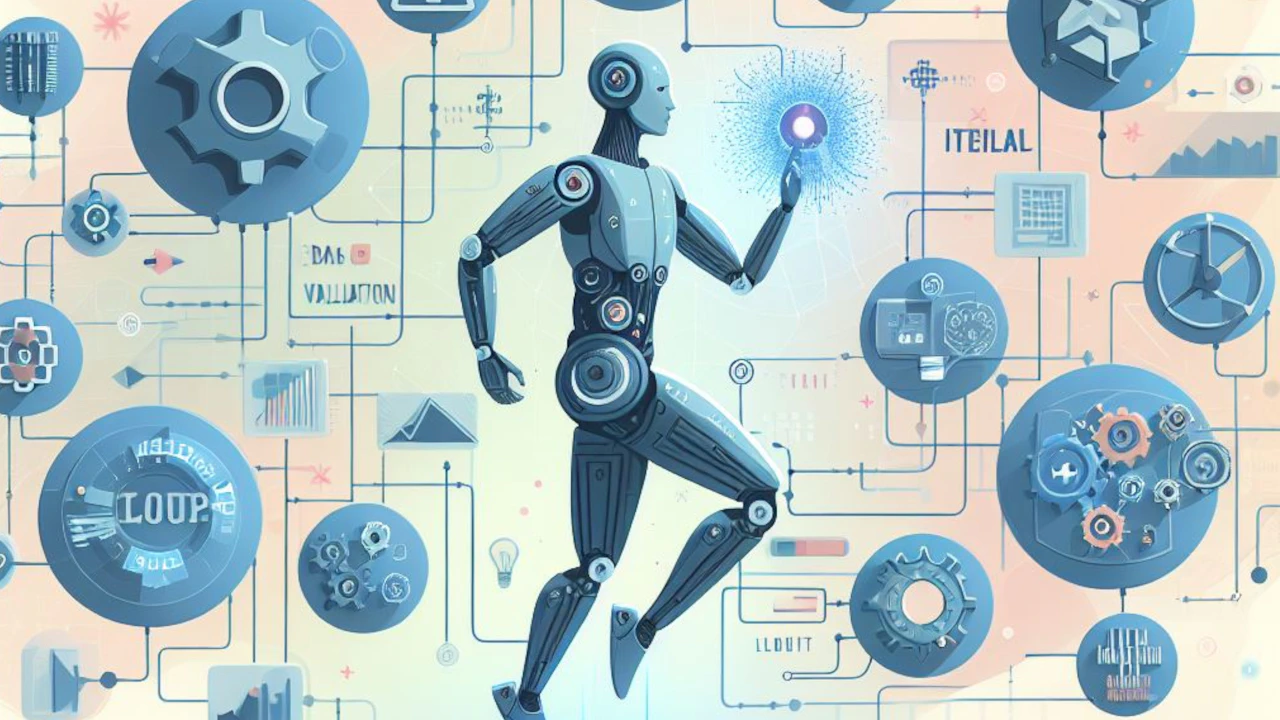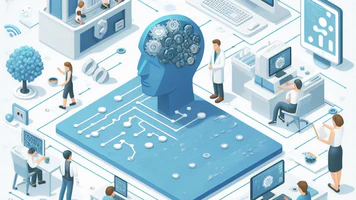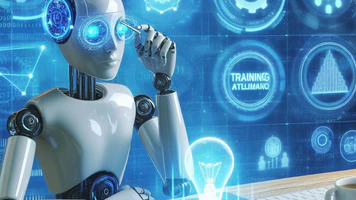
- By Justin Riddiough
- December 7, 2023
Training Loops & Epochs: The Rhythm of Learning
Think of training your AI model as teaching a child to read. You wouldn’t expect them to master it in one sitting, right? Similarly, training involves feeding your model data in “epochs,” each one like a lesson helping it learn and improve.
- Training Loops: Imagine a conveyor belt feeding data into your model. Each item on the belt represents a single training example. The model processes it, learns from it, and adjusts its internal parameters accordingly. This loop continues through multiple epochs, gradually refining the model’s understanding.
- Epochs: Each time your model has processed the entire training set once, it has completed one epoch. Think of it as a complete cycle of learning and growth.
Feature Engineering: Extracting Hidden Insights
Just like a chef wouldn’t cook with just one ingredient, sometimes your model needs additional tools to unlock its full potential. This is where feature engineering comes in.
- Creating New Features: Imagine you’re building a model to predict house prices. You have data on square footage, number of bedrooms, and location. But what about features like “distance to the nearest park” or “average income in the area”? These can be extracted from existing data and provide valuable insights for your model.
- Feature Selection: Not all features are created equal. Some might be redundant or irrelevant to your specific problem. Feature selection involves identifying the most informative features and removing the less helpful ones, ensuring your model focuses on what truly matters.
Regularization Techniques: Preventing Overfitting
Imagine a student who memorizes every word on a test but struggles to apply the knowledge to new situations. Overfitting is similar. It occurs when your model learns the training data too well, losing its ability to generalize to unseen data. Regularization techniques provide a solution:
- L1/L2 Regularization: These techniques penalize large weights in your model, essentially forcing it to learn simpler, more generalizable representations of the data.
Data Augmentation: Expanding the Horizon
Imagine learning a language by only reading one book. Your understanding would be limited, right? Data augmentation is like feeding your model more books, expanding its knowledge and improving its robustness.
- Artificial Data Generation: Techniques like random cropping, flipping, and adding noise can artificially increase the size and diversity of your training data, preventing your model from overfitting on specific patterns and enhancing its ability to handle real-world variations.
Monitoring & Adjustment: Keeping Your Model on Track
Just like a driver monitors their car’s performance, you need to keep an eye on your AI model during training. Monitoring key metrics like accuracy, loss, and validation error allows you to identify potential issues, adjust hyperparameters, and ensure your model is on the right track.
- Early Stopping: Imagine training a dog to fetch. You wouldn’t keep throwing the ball if it’s not getting better, right? Similarly, early stopping involves stopping training when the model’s performance on the validation set stops improving. This prevents overtraining and saves valuable resources.
Training & Iteration is a continuous process, where each step refines your model and brings it closer to its full potential. By understanding these techniques and applying them effectively, you can equip your AI model with the tools and knowledge it needs to excel in the real world. Remember, the key is to experiment, monitor progress, and adapt your approach as needed.


